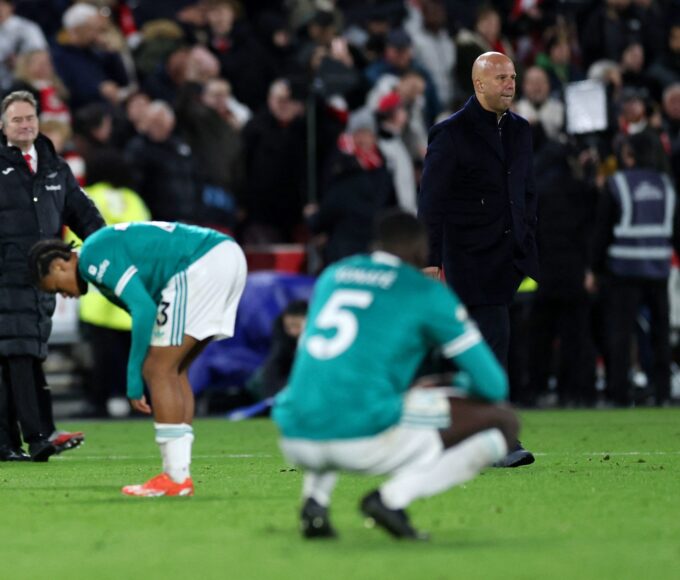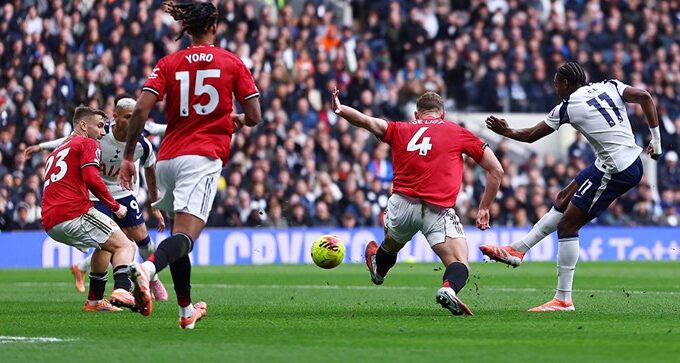Milan is entering a new chapter in its footballing history. After years of debate, the Milan City Council has officially approved the €197 million sale of the legendary San Siro stadium and surrounding land to AC Milan and Inter Milan. The decision paves the way for the near-total demolition of the 99-year-old arena and the creation of a modern 71,500-seat stadium.
🏗 What’s Planned
- The new stadium, designed by Foster + Partners and Manica, will replace almost all of the existing structure, though a heritage section of the second tier will be preserved.
- It’s part of a bigger redevelopment scheme: along with the stadium, the clubs will develop commercial, residential, and public green space on the 28 hectares around the site.
- AC Milan and Inter will continue to play at San Siro until the new stadium is completed, projected around 2031, with full transition by then.
⚠️ Why It’s Controversial
- Many locals, heritage groups, and fans have expressed concerns about losing one of Europe’s iconic grounds — often called La Scala of football. There’s emotional and historical significance many believe should be preserved.
- Political opposition was strong: the council vote was tightly contested (24 votes for, 20 against).
- There are logistical and financial challenges ahead: ensuring the new ground meets modern standards of safety, accessibility, and fan experience is expensive. Plus, matchday revenue loss and construction costs are major factors.
🔍 What It Means for Milan & Serie A
- Modern Stadium = More Revenue: A new state-of-the-art facility will allow both clubs to generate far more income from hospitality, sponsorship, and amenities — putting them more in line with other top European sides.
- Euro 2032 Ambitions: Italy co-hosts Euro 2032, and upgraded stadium infrastructure is a necessity. The new San Siro (or its successor) will be crucial for being part of the tournament venues.
- Preserving Legacy: While most of San Siro will be demolished, the plan includes a “heritage portion” of its second tier to be kept as a nod to the past.






























Leave a comment